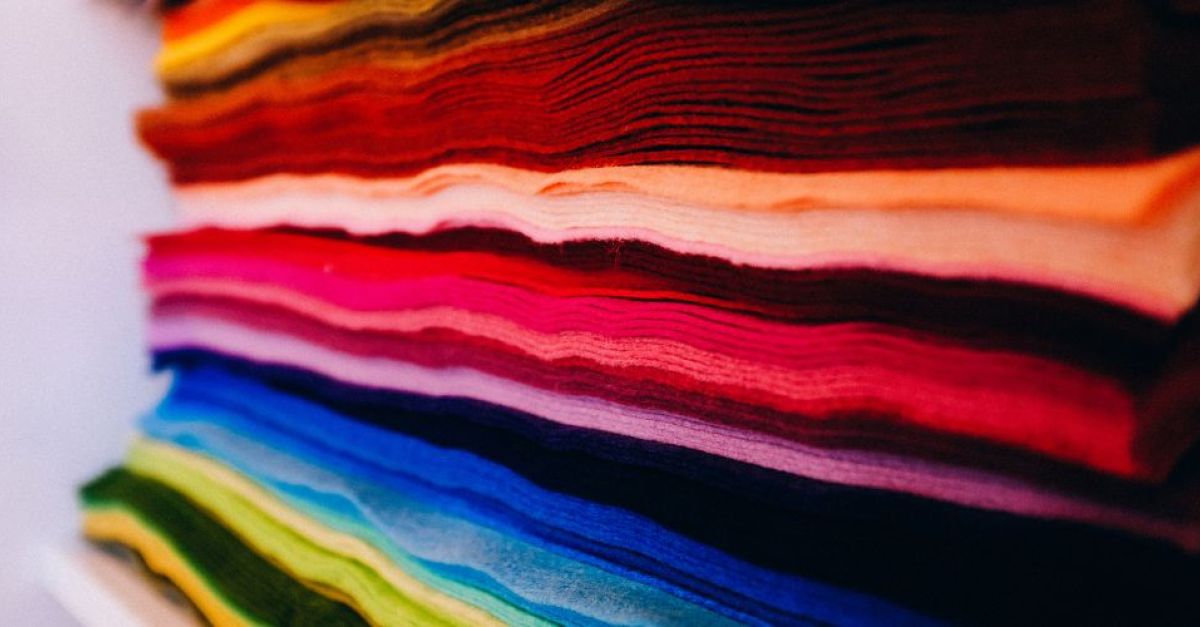
EurEau comments on the EU Strategy for Sustainable and Circular Textiles
A robust EU Strategy for Sustainable and Circular Textiles can put in place legislation that will protect our water resources and promote a truly circular economy; a lasting legacy of Europe’s Zero Pollution ambition.
EurEau welcomes the publication of the . It shows the will of the European Commission to make the EU to shift from low-cost ‘fast fashion’ towards high quality, more durable, sustainable and recyclable textiles. The proposed Strategy will close product loops, address the problem of hazardous substances use as well as reducing microplastic emissions from textiles.
As mentioned in the Strategy, “in the EU, the consumption of textiles, most of which are imported, now accounts on average for the fourth highest negative impact on the environment and on climate change and third highest for water and land use from a global life cycle perspective”. EurEau supports this assessment and welcomes actions designed to decrease this impact on water resources at all stages of the production, consumption and reuse cycle. Regrettably, the Strategy does not propose water saving measures in the textile industry.
Like other sectors, waste water treatment plants are called on to embrace circular economy principles. Our sector is keen to transform urban waste water treatment plants (UWWTP) into resource factories. This can only be achieved when hazardous substances and microplastics are avoided at the sources and, hence, do not arrive at the treatment plant. This control-at-source approach is paramount as some of them (mobile substances including many PFAS) cannot be removed during the treatment process and may be released into the aquatic environment, while others (microplastics) may contaminate sewage sludge and limit circular economy options.
Further considerations:
- Production, cleaning and washing of textiles: sources of hazardous chemicals
The production, routine cleaning and washing of textiles releases hazardous chemicals into urban waste water, including persistent substances such as PFAS, and other textile additives including antibacterial silver. The proposed ‘Mandatory performance requirements for the environmental sustainability of textile products’ must ensure the rapid phase out of such toxic/damaging substances, and their replacement by “safe and sustainable by design chemicals and materials”.
- Textiles as an important source of microplastics
We support the consideration of microplastics emitted by textiles throughout their life cycle and welcome the initiative to address the unintentional release of microplastics in the environment. However, we wish to reiterate that UWWTP remove up to 99% of these from influent and serve only as a pathway for the remainder to enter surface waters. However, removal from influent means that these microplastics are then transferred to sewage sludge. To the best of our knowledge, no technical solution exists today to (fully) remove these particles from the sludge.
As part of the review of the Textile Labelling Regulation, producers/importers should be required to inform consumers on the quantity of microfibres released from synthetic textiles. In the context of the on-going review of the Best Available
Techniques (BAT) Reference Document (BREF) for the Textiles Industry, ensuring a first wash under controlled conditions (microfibre filters with dry filter cake) as a means to reduce life-cycle fibre release should be proposed.
- Textile production - a highly water-intensive sector
As mentioned, we regret that very little attention is paid to water resource use and disposal. Enhancing the circular economy for textiles cannot be detrimental to other sectors, such as waste water treatment. We advise the European Commission that the introduction of the “Digital Product Passport for textiles” encompasses certain key elements to enforce the principles of precaution and control-at-source:
- Requirements on materials farmers/producers are allowed to use, coupled with pro-active advice.
- Understanding whether producers have the technologies to achieve required quality values before discharge to sewers to protect the UWWTP and the receiving water. Cooperation with WWTP is key.
- Testing that textiles do not release hazardous substances or plastic microfibres during their use phase.
- Ensuring that materials from outside of the EU are subject to the same checks.
The controls and their application must be consistent across the EU, to maintain a level playing field.
- The Polluter Pays Principle must apply to water resources through extended producer responsibility (EPR)
TFEU article 191.2 calls for the application of the Polluter Pays Principle should control-at-source measures fail. With this in mind, as well as EPR incentivising product design that promotes circularity throughout the material life cycle and takes account of the end of products’ life, it should also apply to cover additional costs incurred by water operators to remove chemicals and microplastics released from any textiles into waste water, drinking water and/or drinking water resources.
The “Polluter Pays” Principle must not be confined to the “water-consumer-pays” principle.
The European Commission has the tools in its hands to make a significant and long-lasting positive change to our future. A robust EU Strategy for Sustainable and Circular Textiles can put in place legislation that will protect our water resources and promote a truly circular economy; a lasting legacy of Europe’s Zero Pollution ambition.
You can find the document here.
- Created on .